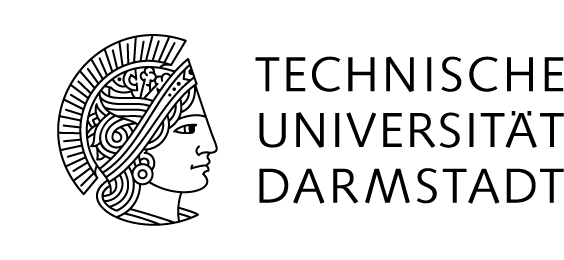Übersicht
Nuclear Theory / Theoretische Kernphysik
S2|11-205, Tel. -64235
S2|11-208
Office hours: Fri, 14:00-15:00
Dr. Vittorio Soma
S2|11-206, Tel. -64237
This course provides an introduction to modern nuclear theory. The lecture will be held in English, as all references are in English; questions and discussions in German are of course welcome. Small presentations and homework problems will be designed to improve the understanding of and to explore the topics covered in the lecture.Nuclear Theory / Theoretische Kernphysik
Instructor:
Achim SchwenkS2|11-205, Tel. -64235
Exercises:
Thomas KrügerS2|11-208
Office hours: Fri, 14:00-15:00
Co-instructors (also available for questions and help):
Dr. Javier Menendez andDr. Vittorio Soma
S2|11-206, Tel. -64237
Outline
- Introduction to the strong interaction, quantum chromodynamics, pions and nucleons. (figure handout)
Suggestions for further reading. Please tell me, if additional suggestions on any topics would be helpful.
For further reading on quarks and hadron structure see Chapter 2 in Wong (textbook reference below) as well as Chapters 1 and 2 in:
F.Halzen, A.D. Martin,
Quarks and Leptons: An Introductory Course in Modern Particle Physics,
Wiley (1984); 0471887412.
Parts of our discussion of QCD are based on sections in:
A.S. Kronfeld, C. Quigg, Resource Letter QCD-1: Quantum Chromodynamics,
Am. J. Phys. 78, 1081 (2010). - Nucleon-nucleon scattering, scattering theory and effective range expansion, spin and angular momentum coupling.
For further reading on scattering theory, see e.g., Chapters 3.7-3.8 and Appendix B in Wong, or a quantum mechanics textbook.
A pedagogical discussion of scattering theory relations and conventions can also be found in: M.A. Morrison, A.N. Feldt, Am. J. Phys. 75, 67 (2007). - Nuclear forces at low energies, symmetries, pionless effective field theory, universal large scattering length physics. (additional pages)
- Tensor and spin-orbit forces, deuteron properties. (figure handout)
For deuteron properties see, e.g., Wong, Chapters 3.1-3.4. - One-pion-exchange interaction (and phenomenological potentials).
- Chiral effective field theory for nuclear forces, connections to other processes, three-nucleon forces. (handout)
- Second quantization, Fock space and the nuclear many-body problem.
- Fermi gas approximation and Hartree-Fock.
- Shell Model and No-Core Shell Model, projection operators and effective interactions, electromagnetic and weak transitions. (cold atom slides)
- Nuclear matter and neutron matter, universal properties.
- Density functional theory and beyond.
- Pairing and superfluidity, BCS theory.
Homework sets
Homework Set 1 (due Wed., Nov. 7)Homework Set 2 (due Wed., Nov. 21)
Homework Set 3 (due Wed., Dec. 5)
Homework Set 4 (due Wed., Dec. 19)
Homework Set 5 (due Wed., Jan. 30)
Homework Set 6 (due Fri., Feb. 15)
Supplementary textbooks
S.S.M. Wong,Introductory Nuclear Physics,
Wiley-VCH (1999); ISBN 0471239739.
J.M. Arias and M. Lozano,
An Advanced Course in Modern Nuclear Physics,
Springer (2009); ISBN 3642076246.
A.Bohr and B.R. Mottelson,
Nuclear Structure,
Benjamin NY (1969).
P.Ring and P. Schuck,
The Nuclear Many-Body Problem,
Springer (2004); ISBN 354021206X.


